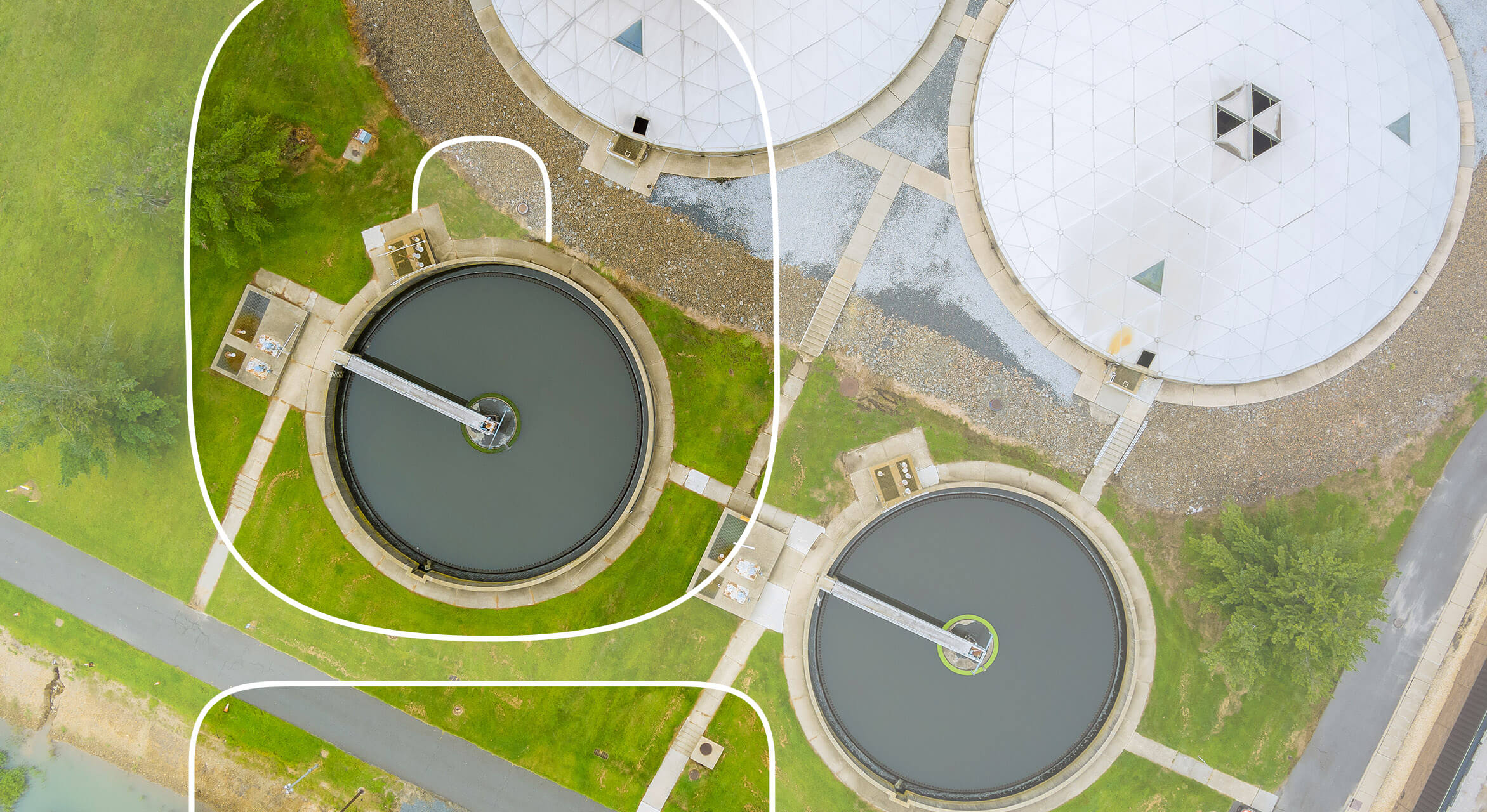Steps to Reduce Pollution with Proper Wastewater Disposal
Steps to Reduce Pollution with Proper Wastewater Disposal
Blog Article
Comprehending Wastewater Treatment Processes and Their Environmental Impact
The ins and outs of wastewater therapy procedures play a pivotal function in mitigating environmental obstacles linked with water contamination. Each phase, from initial to innovative therapies, is developed to attend to particular contaminants, eventually guarding both public wellness and marine ecological communities.
Overview of Wastewater Treatment
How is wastewater transformed right into a secure source for the environment? Wastewater therapy is an essential process created to get rid of impurities from made use of water, therefore guarding public health and shielding ecosystems. This process begins with the collection of wastewater from residential, industrial, and industrial resources, which is after that directed to therapy facilities.
At these centers, different physical, chemical, and biological methods are employed to treat the wastewater. Consequently, organic therapies, such as triggered sludge procedures, utilize microbes to damage down natural matter.
The treated effluent can be securely discharged into natural water bodies or recycled for watering and industrial functions, promoting resource conservation. Additionally, the treatment procedure creates biosolids, which can be repurposed as plant foods or dirt changes, even more improving sustainability.
Stages of Treatment Processes
The wastewater treatment process generally includes three primary phases: initial, primary, and additional therapy. Each phase offers a distinct duty in lowering the pollutant load and guaranteeing the effluent fulfills ecological standards prior to discharge.

The main therapy phase concentrates on the physical separation of put on hold solids from the wastewater. Through sedimentation, larger particles work out at the base of sedimentation containers, creating sludge, while lighter materials, such as oils and greases, float to the surface and are skimmed. This procedure considerably decreases the natural and not natural tons in the wastewater.
Additional treatment is a biological procedure targeted at more lowering the concentration of raw material. Numerous methods, consisting of triggered sludge systems and trickling filters, use microbes to metabolize organic pollutants. This phase is necessary for accomplishing the necessary biochemical oxygen need (BOD) decrease, eventually bring about cleaner effluent prepared for discharge or additional therapy. Each stage is essential in guarding environmental and public health.

Advanced Therapy Technologies
Adhering to the second treatment procedures, advanced treatment innovations play an essential duty in further boosting the high quality of treated wastewater. These modern technologies are made to get rid of residual impurities that are not successfully eliminated throughout key and additional therapies, making certain the effluent fulfills rigorous regulatory requirements.
Among the commonly made use of sophisticated therapy methods are membrane filtering, reverse osmosis, and advanced oxidation procedures. Membrane purification, including microfiltration and ultrafiltration, is efficient in separating fine bits, virus, and colloids from the water (Wastewater). Reverse osmosis uses semi-permeable membranes to eliminate liquified solids, leading to top notch water appropriate for different applications
Advanced oxidation procedures (AOPs) use strong oxidants to break down organic contaminants, including pharmaceuticals and individual treatment items that are immune to conventional therapy. These methods improve the biodegradability of intricate substances, promoting their removal.
Another go to the website significant technology is the usage of organic nutrient removal processes, which especially target nitrogen and phosphorus, stopping eutrophication in receiving water bodies. In general, advanced treatment technologies are necessary for accomplishing greater degrees of purification, advertising water reuse, and securing public wellness while dealing with the difficulties linked with wastewater monitoring.
Ecological Advantages of Treatment
Many ecological advantages occur from efficient wastewater therapy procedures that add to ecosystem health and sustainability. Primarily, these processes significantly decrease the launch of unsafe toxins right into all-natural water bodies, which assists preserve aquatic communities. By removing pollutants such as hefty metals, nutrients, and pathogens, dealt with wastewater reduces the risk of waterborne conditions and advertises biodiversity in aquatic environments.
Furthermore, wastewater therapy facilities commonly utilize sophisticated modern technologies that enable water recycling and reuse. This practice not just preserves fresh water resources but also lowers the need on natural water products. Enhanced nutrient removal from wastewater can additionally protect against eutrophication, a procedure that causes algal flowers and succeeding oxygen depletion in water systems.
Additionally, efficient therapy processes can lessen greenhouse gas exhausts, particularly methane and laughing gas, which are commonly released throughout unattended wastewater decay. By catching and making use of biogas from anaerobic digesters, centers can transform waste right into renewable resource, therefore adding to a reduction in fossil fuel dependence.
Difficulties and Future Trends
While the ecological benefits of wastewater treatment are clear, several difficulties persist that impede ideal end results in this field. One significant issue is maturing facilities, which usually brings about ineffectiveness and increased functional prices - Wastewater. Numerous therapy plants were made years earlier, and their abilities do not align with modern-day demands, which consist of stricter governing criteria and greater volumes of wastewater as a result of urbanization

Looking in advance, there is an expanding here are the findings emphasis on resource recovery and round economic climate concepts within wastewater treatment. Technologies such as anaerobic click to investigate digestion, which can generate biogas, and progressed filtration innovations are getting traction. These approaches not only improve therapy effectiveness however likewise promote sustainability.
Ultimately, attending to these obstacles needs cooperation amongst stakeholders, financial investment in modern technology, and a commitment to continuous research. By embracing these fads, the wastewater therapy field can progress to satisfy the needs of an altering environment and culture.
Conclusion
In conclusion, wastewater therapy processes play an important role in boosting ecological top quality and public wellness. The multi-stage treatment framework, coupled with sophisticated innovations, properly alleviates air pollution and advertises sustainable water administration.
Report this page